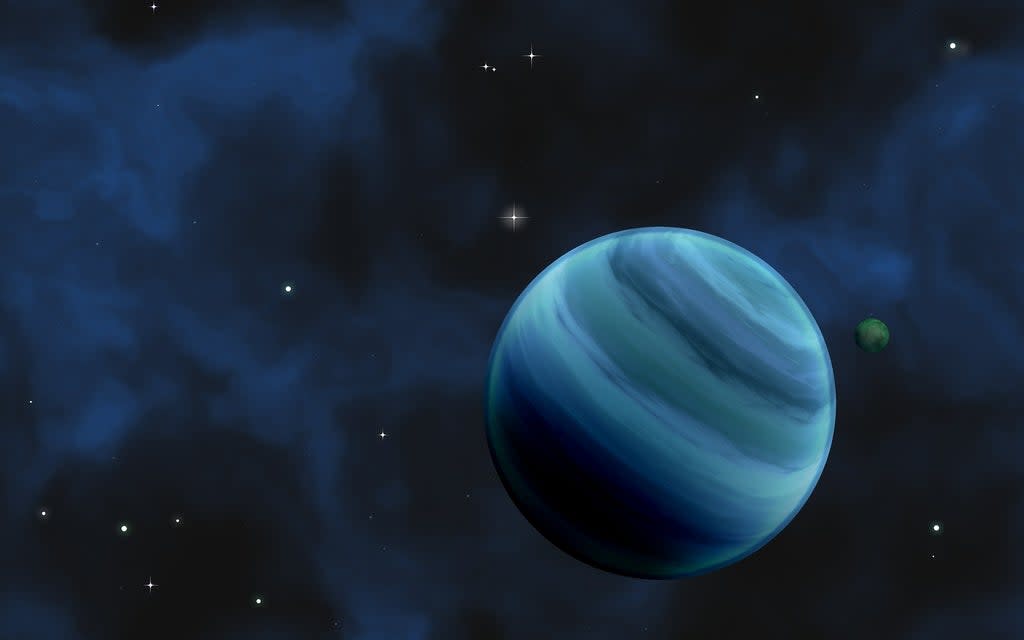Astronomer may have detected the source of the famous extraterrestrial ‘Wow!’ signal

Astronomers may have found the source of the ‘Wow!’ signal, an enigmatic radio transmission from space that some believe could have originated from an alien world.
The signal – a 72 second-long radio burst that was 20 times stronger than its background emissions – was first detected in 1977, stopping at just over a minute because that is the longest duration that the Big Ear radio telescope was able to observe. Scientists believe it is likely that the signal would have lasted longer.
Drawing attention to the mysterious transmission on a printout, astronomer Jerry R. Ehman circled it and jotted down ‘Wow!’ next to it. Since then, it has become of primary interest in the search for extraterrestrial life, although it has never been heard since.

Now, however, amateur astronomer Alberto Caballero has suggested that the source of the broadcast could be an Earth-like planet.
“Few attempts have been made to determine the exact location of the WOW! Signal due to the difficulty involved,” Caballero writes.
“Despite it was detected in just one of the two feed horns of the radio telescope, the data was processed in a way that does not allow us to determine which of the feed horns actually received the signal.
Caballero examined data collected by the European Space Agency’s Gaia mission, which launched in 2013 to make a map of a billion stars, specifically looking at two sections of the sky where the signal could have come from.
Focusing on G- and K-type stars – which are very similar to our own Sun – Caballero identified one, known as 2MASS 19281982-2640123, which appears to be the most likely source of the signal – 1,800 light-years from Earth.
“Despite this star is located too far for sending any reply in the form of a radio or light transmission, it could be a great target to make observations searching for techno-signatures such as artificial light or satellite transits”, Caballero writes.
Out of the 66 stars identified, two other stars, with temperatures and brightness very similar to our Sun, were also highlighted as worth investigating, as well as 14 more with a potentially similar temperature but unknown brightness. Caballero suggests, though, that since all these stars are located in the same part of the sky, the entire area is an ideal source for techno-signatures and should be explored.
Caballero’s findings appeared May 6 in the International Journal of Astrobiology.

 Yahoo News
Yahoo News 
